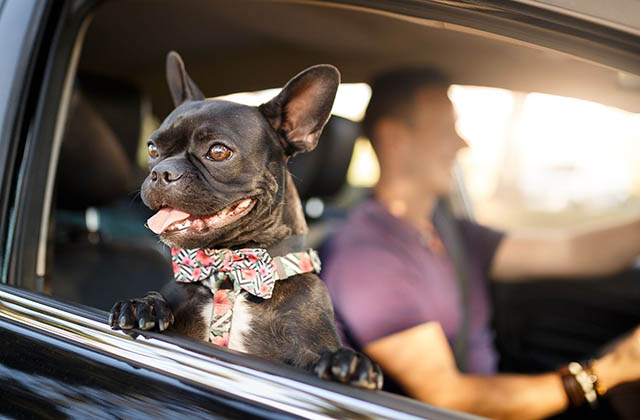Introduction
Pet doors are a convenient and practical solution for pet owners who want to give their pets the freedom to come and go as they please. Pet doors are available in different types, sizes, and styles, and choosing the right one can be overwhelming. In this guide, we will provide an overview of the different types of pet doors, the benefits of using one, and factors to consider when choosing a pet door. We will also provide a comparison chart of the top pet doors available in the market. Pet doors for sliding doors are convenient to your pets we can customize it also with the size that you want.
Types of Pet Doors
Pet doors are available in two main types: manual and electronic.
a. Manual Pet Doors Manual pet doors are the most common and affordable type of pet doors. They are simple to install and operate and are suitable for most pets. They can be installed in doors, walls, or windows, and come in different sizes and materials.
b. Electronic Pet Doors Electronic pet doors are more advanced and offer added security and control. They use a sensor or a microchip to allow access only to pets with the programmed key. Electronic pet doors are more expensive than manual pet doors, and require a power source.
Benefits of Using a Pet Door
Using a pet door has several benefits for both pets and pet owners. Here are some of the advantages:
- Pets have more freedom and independence to go outside or come back inside without relying on their owners
- Owners don’t have to constantly monitor their pets or let them in and out
- Pets get more exercise and mental stimulation by being able to go outside more often
- Owners can save money on pet-sitting or dog-walking services
Factors to Consider When Choosing a Pet Door
When choosing a pet door, there are several factors that should be considered:
a. Size of the Pet The size of the pet door should match the size of the pet. If the pet door is too small, the pet won’t be able to go through it, and if it’s too big, it may compromise the security of the home.
b. Location The location of the pet door is also an important factor to consider. If the pet door is installed in a high-traffic area or near a busy street, it may pose a safety risk to the pet. Similarly, if the pet door is installed in a room that the owner wants to keep off-limits, it may not be suitable.
c. Energy Efficiency Pet doors can be a source of energy loss in the home, especially if they are not insulated or have gaps around the edges. Look for pet doors with good insulation to reduce energy loss.
d. Security Pet doors can also compromise the security of the home, especially if they are easy to break or tamper with. Look for pet doors with strong materials, locking mechanisms, or electronic features that only allow access to programmed pets.
Conclusion
Pet doors are a convenient and practical solution for pet owners who want to give their pets the freedom to come and go as they please. When choosing a pet door, consider factors such as the size of the pet, location, energy efficiency, and security. With our comparison chart of the top pet doors available in the market, you can make an informed decision and find the perfect pet door for your furry friend. Click here if you want to check the work we have done for a pet door.
